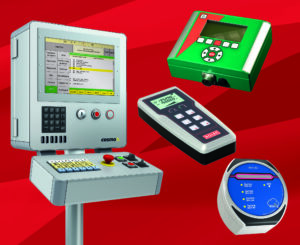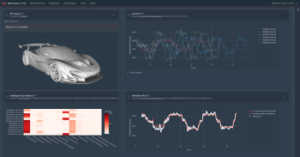
Telcos and consumers both require high-capacity, low-latency, high-speed connectivity of 5G. To unlock even greater value from communications networks – increased reliability, speed and coverage – 5G standalone (SA) technology is the way to go.

Beyond visual line of sight (BVLOS) drone flight is making steady inroads. Since 2018, the US Federal Aviation Authority has waived its CFR Part 107.31 rules over 70 times, authorising operators of small unmanned aerial systems (sUAS) to fly beyond BVLOS. For UAS weighing over 55 pounds, the FAA also offers Part 91 and 61 exemptions.

By Noah Madinger, Colorado Electronic Product Design (CEPD) Developing electronic designs is loaded with challenges – from system performance expectations to schedule and budgetary limits. A design approach that can help juggle these successfully begin …

sign for over 30 years, has just launched a new generation of tough, go-anywhere housings for walls, bulkheads, machines and desks.

ith data-processing systems and architectures becoming more complex, and with the number of data-generating devices constantly increasing, the question is how to best extract the most relevant, high-quality and useful information, or “smart data”.

Global automotive companies have been experimenting with recycled plastic in their car designs and alternative materials.

London-based AI software company Monolith uses an AI platform to substantially cut development and testing costs for new vehicles.

A team of UK computer scientists from University of York has developed guidelines to make machine learning (ML) and artificial intelligence (AI) for autonomous technologies safe. As robots, delivery drones, smart factories and driverless cars become pe …
Get the latest news and articles sent straight to your inbox – completely free

